The art in these bottles were created by carefully pouring colored sand in layers, without the use of glue or any adhesive. These were made more than a hundred years ago by Iowa-born artist Andrew Clemens (1856 - 1894), who was completely deaf and mute, a condition that developed when he suffered from encephalitis at the young age of five.
Clemens' sandpainting career blossomed at the age of 13 during his summer vacations from the State School. He would collect naturally colored grains of sand from an area in Pikes Peak State Park known as Pictured Rocks, separate the sand grains into piles, by color, and used them to form the basis for his art. Clemens inserted the colored grains of sand into small glass drug bottles using fishing hooks and hickory sticks. He used no glue, relying on pressure from the other sand grains alone to held the artwork together. Once the artwork was complete, he sealed the bottle with a stopper and wax. Sometimes, Clemens created his images upside down. Upon completion, he would securely stopper the bottle, and flip it right side up. The most complex of his designs could take up to a year to complete.
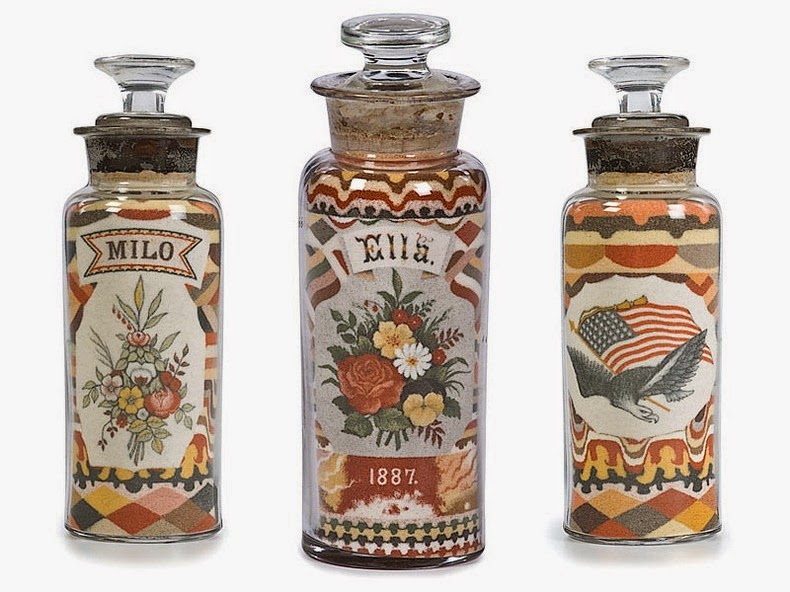
As his fame grew, Clemens’ sand bottles began to be displayed in museums and exhibitions, and he started receiving commissions from buyers. At that time his artworks sold for $5–7. Today, they are worth tens of thousands of dollars. During his lifetime, it is thought that Clemens produced hundreds of his sand bottles but few survive today.
Although decorating bottles by layering colored sand is a fun activity these days, there is barely another man who has been able to reproduce Andrew Clemens’ art form with that level of intricacy. It is believed that Andrew Clemens is the inventor and possibly the sole practitioner of his art form.
You can see his work at Cowans Auctions.
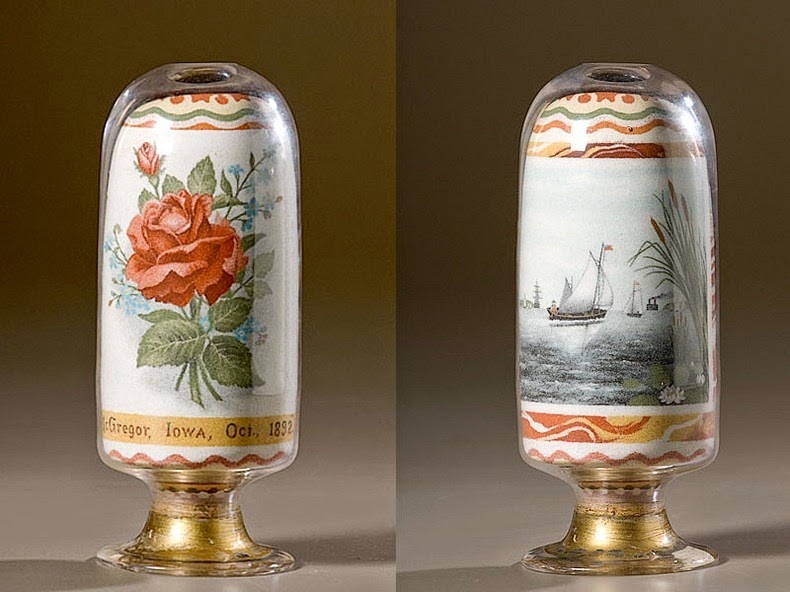
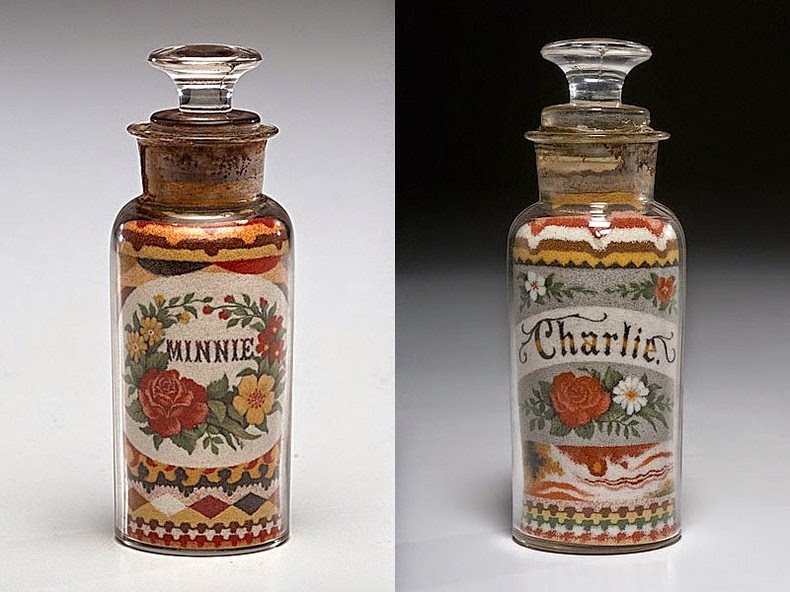
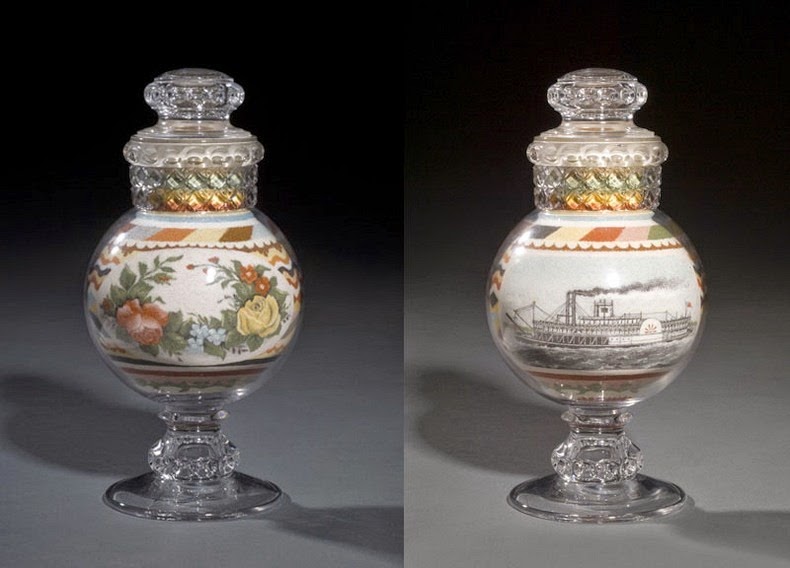
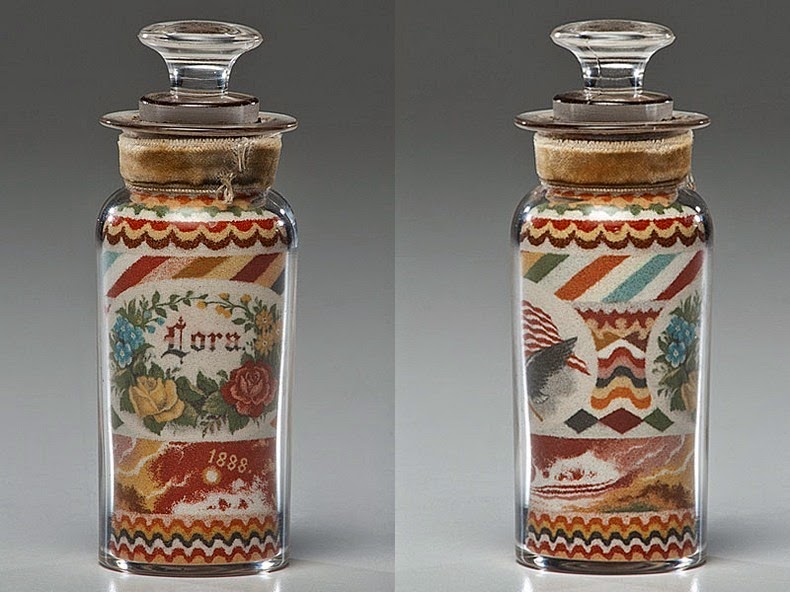
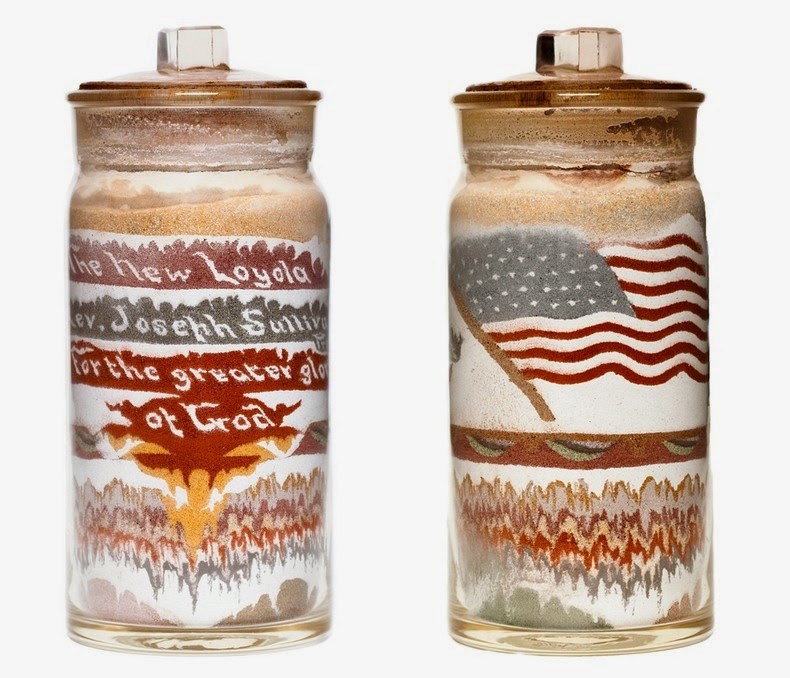
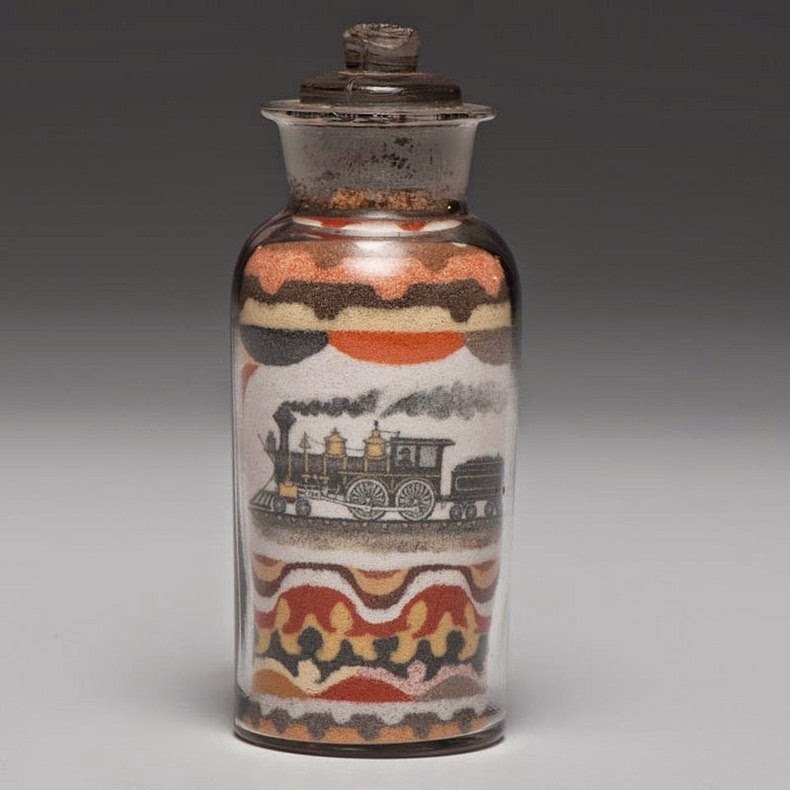
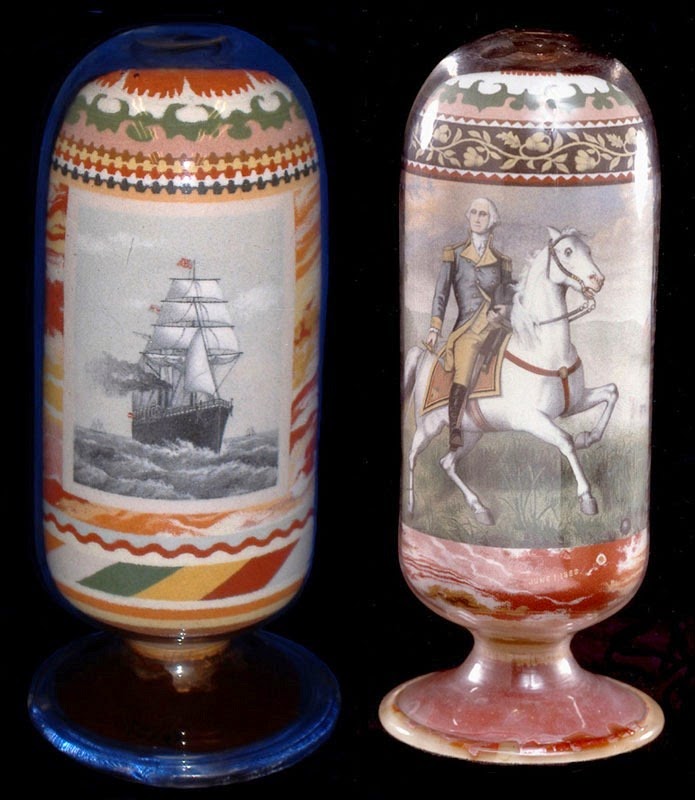
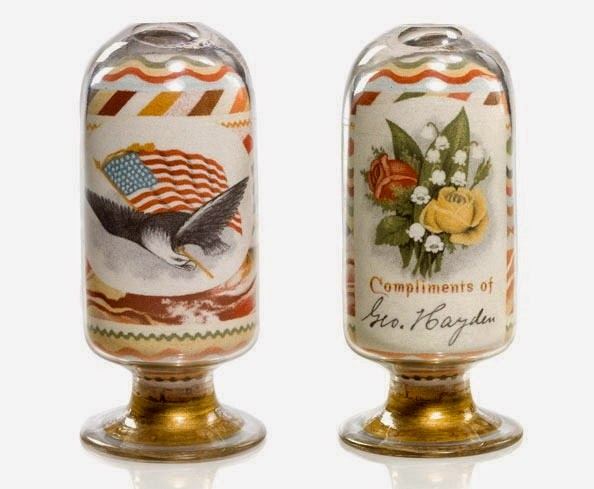



WOW how did he do that?????
ReplyDeleteThis is quite possibly the most amazing thing I have ever seen a human make!
ReplyDeleteBecause nobody has ever dared taking apart one of these it's unverified that he did not use any glue or other means to secure the sand crystals so they were facing outward to the glass. Speculation leads to using a glued sheet, covering carefully with a layer of background colored sand and then applying a much diluted version of the glue to adhere the top layer. After that was done the glue was set and the rice paper was burned off from the backside and backfilled with sand.
ReplyDelete